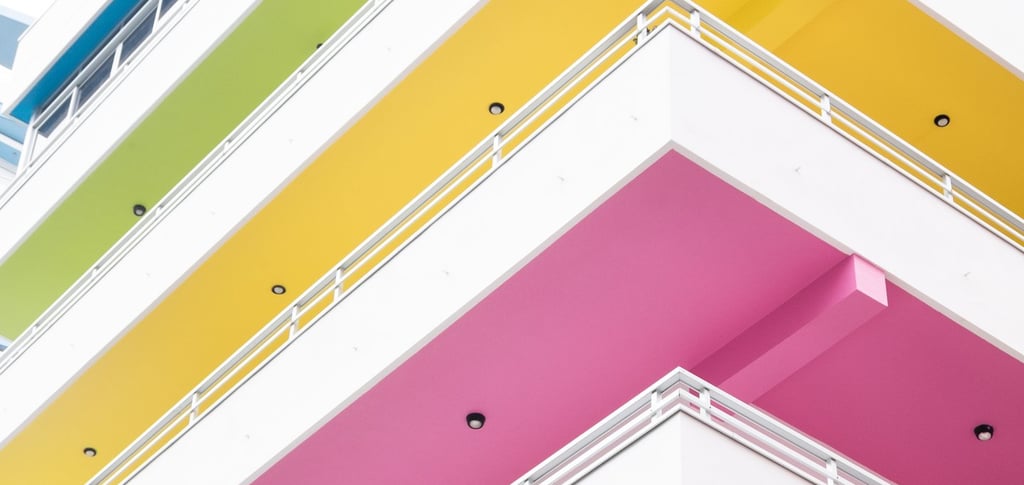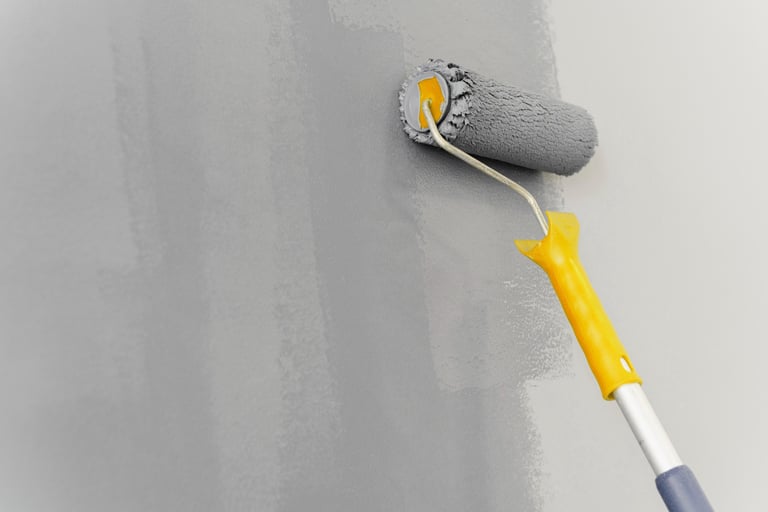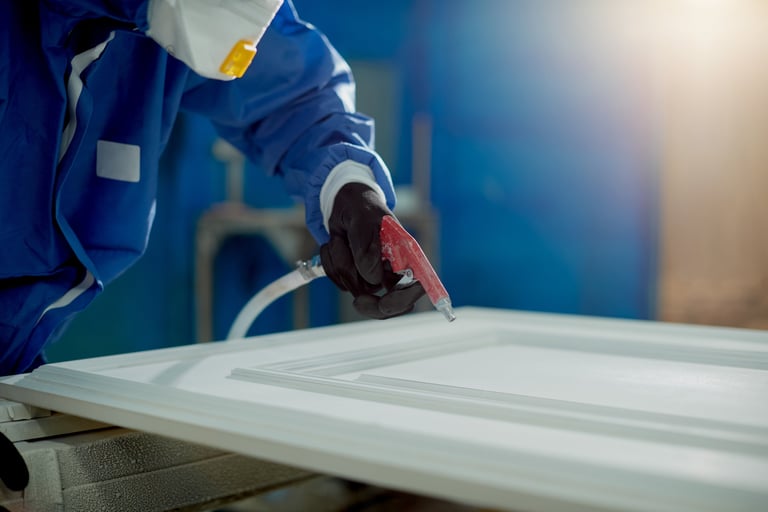Exterior Painting: Transforming Your Home's Curb Appeal
Exterior painting is a powerful way to enhance and maintain your home's curb appeal. A fresh coat of paint not only improves the aesthetic appeal but also protects your home from the elements. In this guide, we will explore the importance of exterior painting, providing tips on surface preparation, weather considerations, color choices, and recommended paint finishes. With these insights, you'll be equipped to transform your home's exterior and create a lasting impression.


Importance of Exterior Painting: Exterior painting offers several benefits, including:
Curb Appeal: A well-painted exterior enhances the overall appearance of your home, boosting its curb appeal and making a positive first impression.
Protection: Paint acts as a protective barrier against weather conditions, such as rain, sunlight, and temperature fluctuations. It helps prevent moisture damage, wood rot, and fading.
Longevity: Regularly maintaining the exterior paint extends the lifespan of your siding or other exterior materials, saving you money on potential repairs or replacements.
Surface Preparation: Proper surface preparation is crucial for a successful exterior painting project:
Clean the Surface: Remove dirt, dust, mildew, and any loose or flaking paint by power washing or scrubbing with a mild detergent solution. Rinse thoroughly and allow the surface to dry completely.
Repair and Replace: Inspect the exterior for any damaged or rotten areas. Repair or replace siding, trim, or other surfaces as needed before painting.
Sand and Smooth: Sand rough or uneven surfaces to create a smooth base for the paint. Fill cracks, holes, and gaps with an appropriate filler and sand them down.
Prime Bare Surfaces: If you're painting bare wood or other porous surfaces, apply a high-quality primer to promote adhesion and ensure an even finish.
Considerations for Weather and Climate: Take into account the local weather conditions and climate when planning your exterior painting project:
Temperature and Humidity: Ideally, paint when the temperature is between 50°F and 90°F (10°C to 32°C) and the humidity is moderate. Avoid painting in direct sunlight or when the surface is hot.
Rain and Moisture: Ensure that there is no rain in the forecast for at least 24-48 hours after painting. Moisture can affect the drying process and compromise the finish.
Color Choices: Selecting the right colors for your home's exterior can significantly impact its curb appeal. Consider the following:
Architectural Style: Take into account the architectural style of your home when choosing colors. Traditional styles may lend themselves to more classic and neutral colors, while modern styles may allow for bolder and more vibrant choices.
Neighborhood Aesthetics: Consider the overall aesthetic of your neighborhood and aim for a color scheme that harmonizes with the surrounding homes.
Accent Colors: Incorporate accent colors for doors, shutters, or trim to add visual interest and contrast. Make sure these colors complement the main exterior color.
Recommended Paint Finishes: Choose the appropriate paint finishes for different exterior surfaces:
Siding: Opt for a satin or semi-gloss finish for most siding materials. These finishes offer durability, easy maintenance, and a subtle sheen.
Trim and Doors: Use a semi-gloss or gloss finish for trim, doors, and other architectural details. These finishes provide a smooth, lustrous appearance and are more resistant to dirt and moisture.
Masonry and Concrete: Use a specialized masonry paint or a waterproofing paint designed for these surfaces. These paints offer enhanced protection against moisture and weathering.








Conclusion: Exterior painting is a valuable investment in enhancing your home's curb appeal while providing protection from the elements. By following proper surface preparation techniques, considering weather


